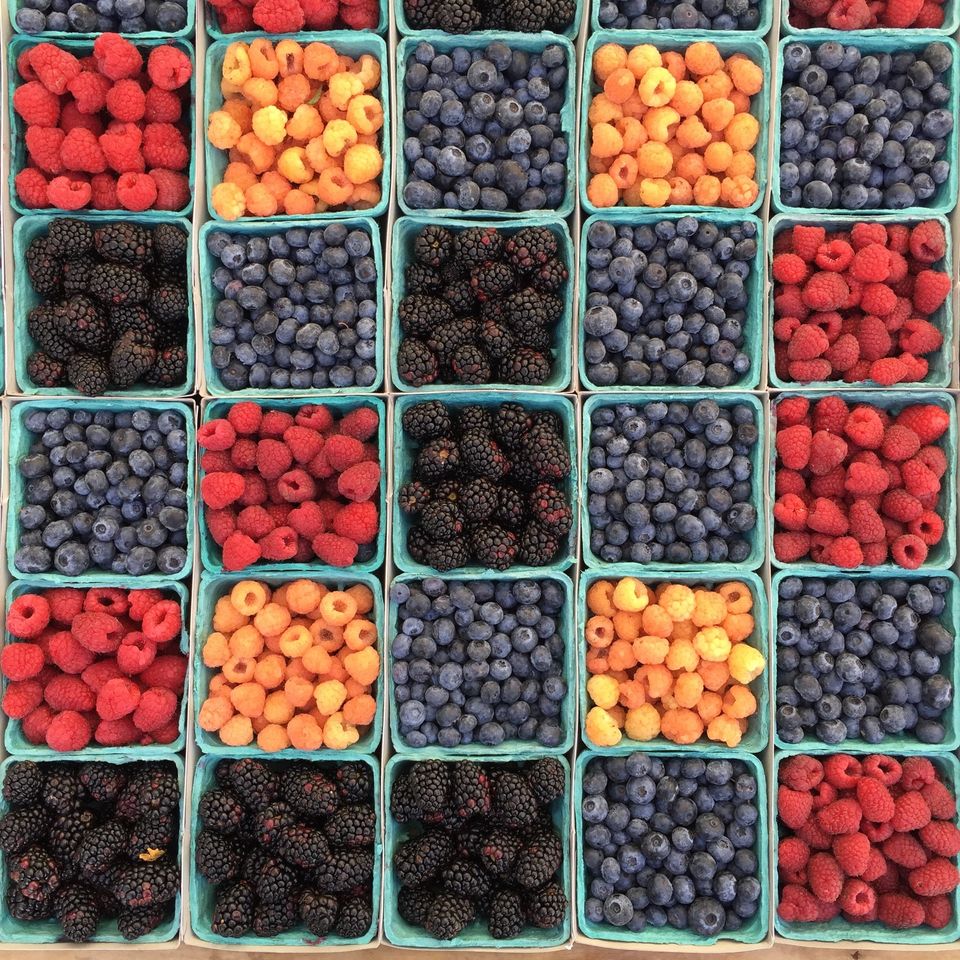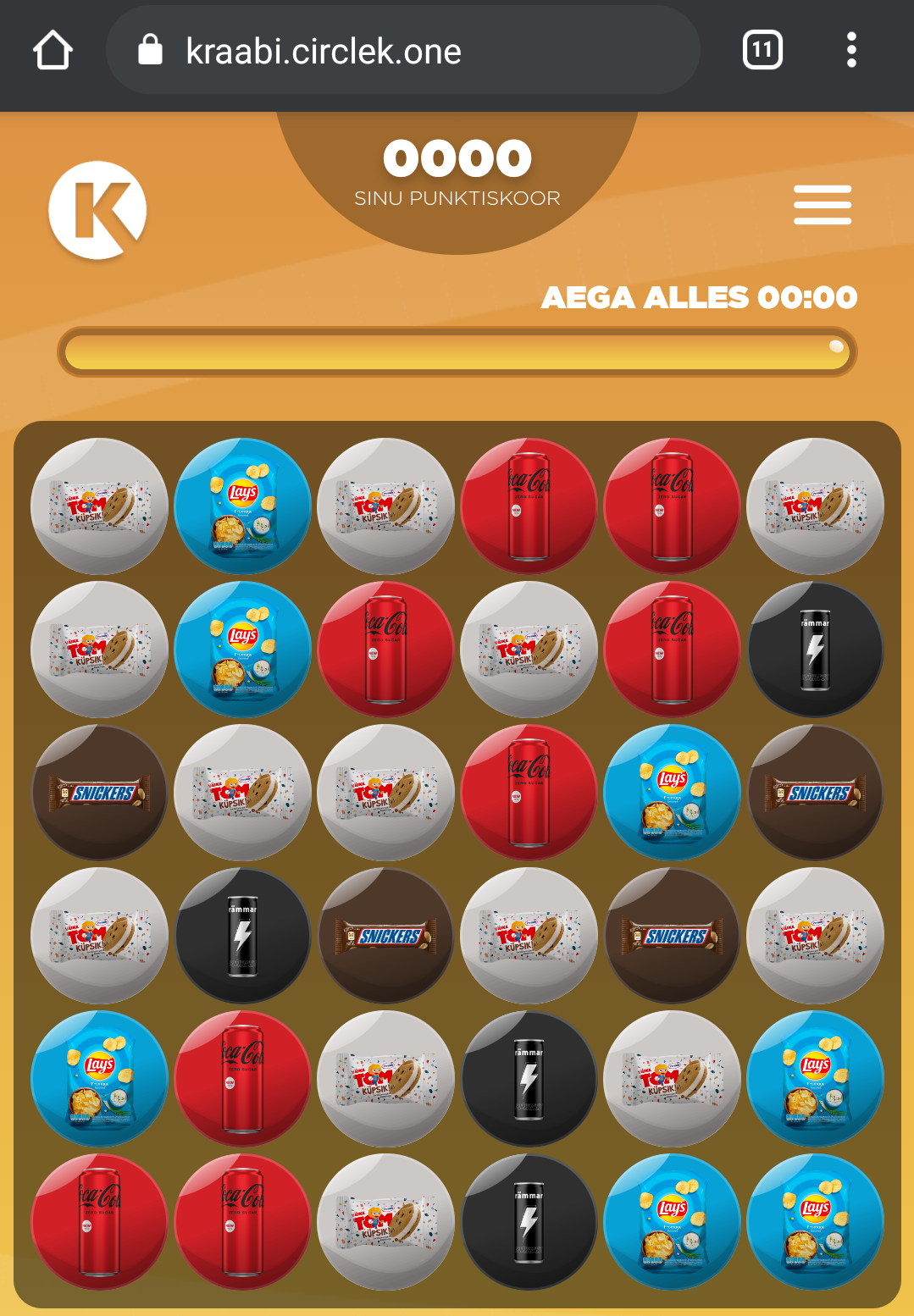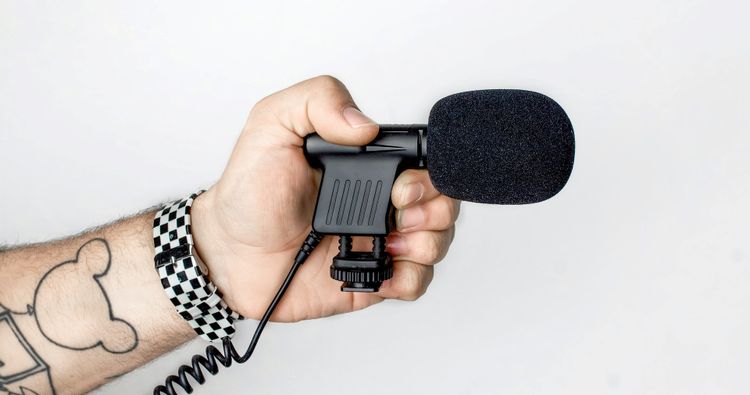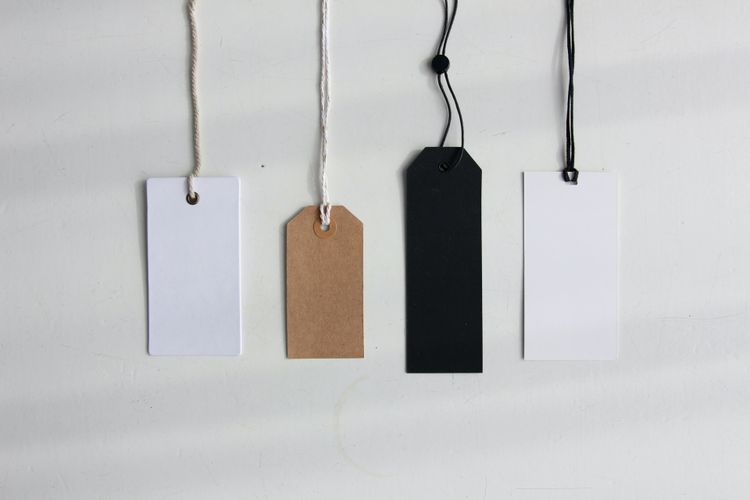On healthy learnings of Candy Crush

No, I have not played the classical Candy Crush. However, some weeks ago on the road trip, I stopped at CircleK to get some fuel and noticed that they are running a consumer game, similar to Candy Crush, where you can win mostly not that healthy awards.

As it was web-based, without the need to install anything, I thought of playing a few sets, for learning what it is about and if there's anything useful to be applied in business.
Firstly, I could not quite figure out what's the business purpose behind this game apart from promoting sales of junk food in the petrol stations. But if this works for selling junk, it could also work for healthier alternatives. That's why for the cover picture of this post I selected a very berry picture instead. Likely there is some open-source code in Github, which you can use to create a similar game for your audience as well.
Secondly, if you play the game, what strategy works best if you wish to get more points? I discovered that if possible, it makes more sense to get 3 or more aligned on the lower part than on the upper part. This way when the line disappears, there could be more automatic alignments happening. In the best case, there will be a chain reaction of several steps.
Thirdly, what is the business learning from this? If this game would be an organisation wishing to innovate and the bubbles/candies/fruit would be the people within, then getting them aligned at the top, yes has some impact, you'll get an even bigger impact if you get the people well-aligned at the root level. And the root level impacts can influence the top as well.
Cover photo by William Felker on Unsplash This is a much healthier layout with berries than the original game.





Member discussion